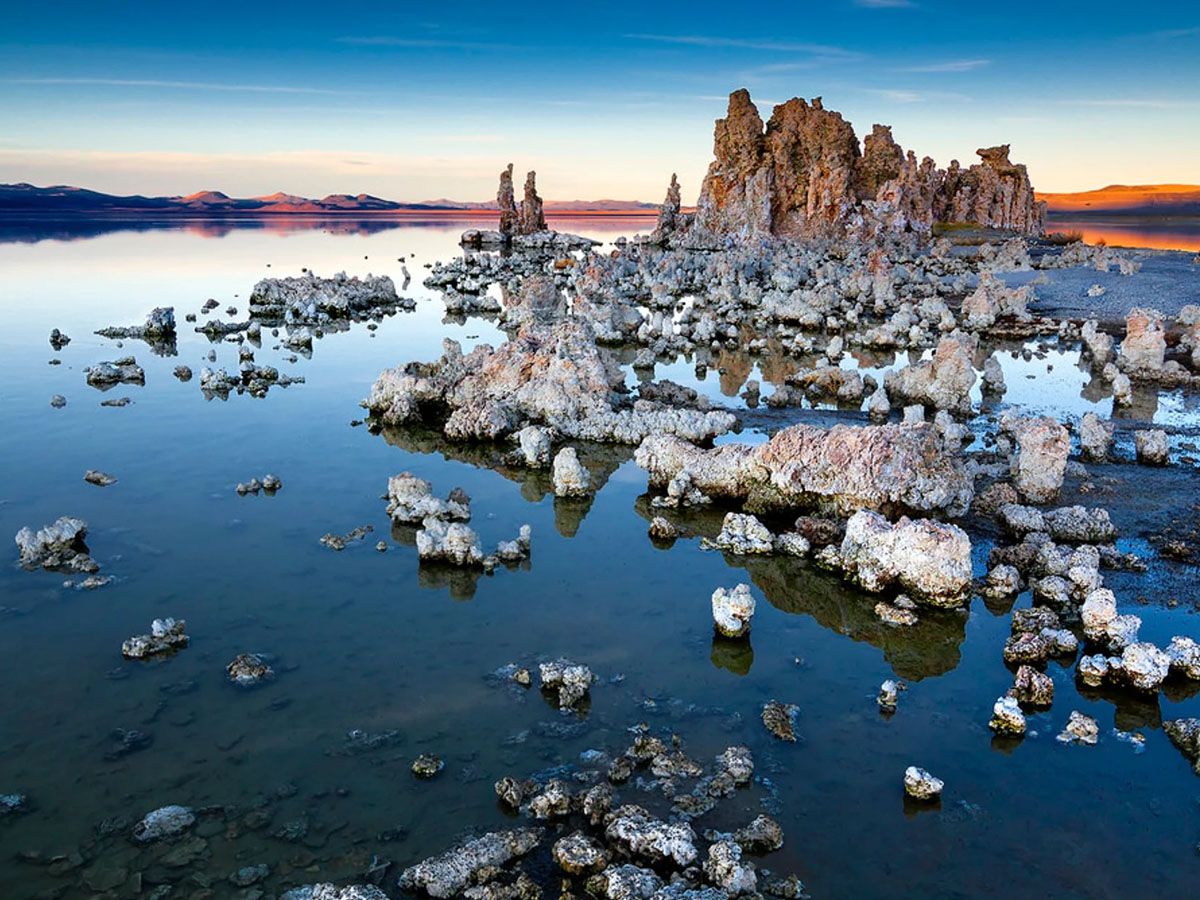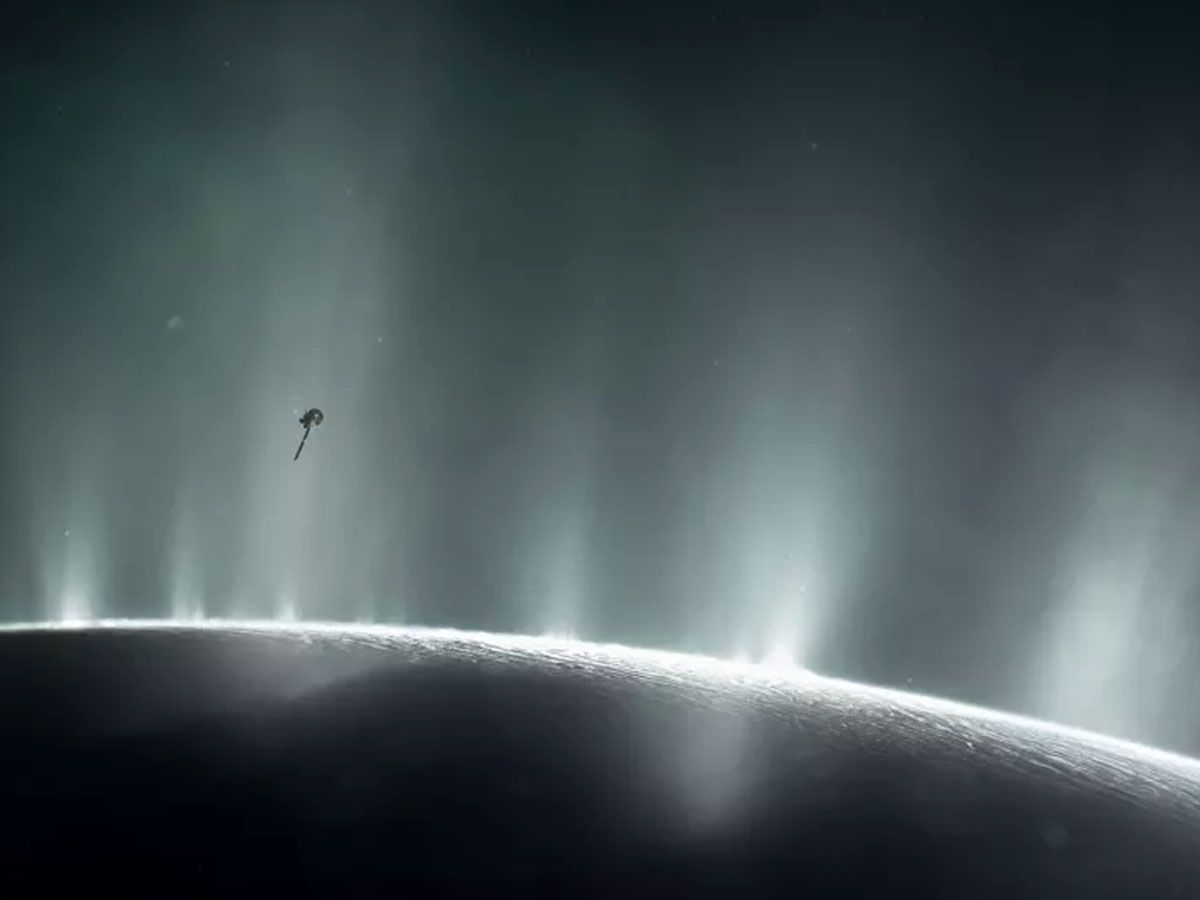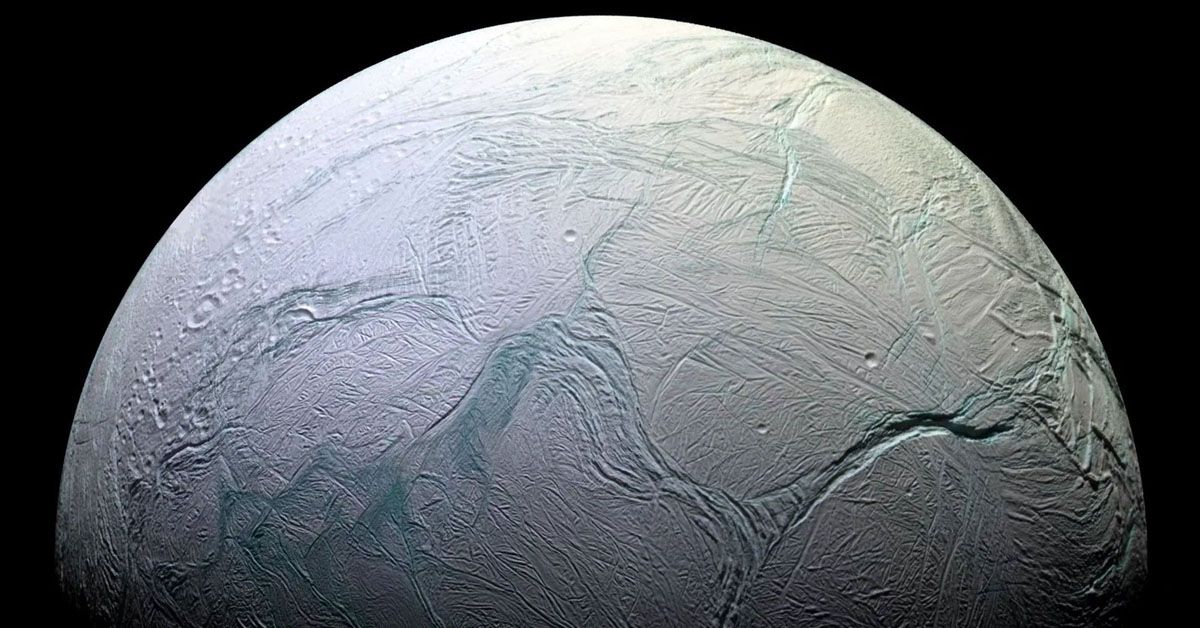Enceladus harbors a global ocean beneath its frozen surface, an ocean now confirmed to contain phosphorus, a vital component in the recipe for life. This phosphorus is no mere trace element. Instead, it's found in concentrations at least 500 times higher than in Earth's oceans.
What does this mean for our search for extraterrestrial life?
Phosphorus in Enceladus' Oceans
The recent discovery of phosphorus in the waters of Enceladus marks a significant milestone in our understanding of this remote moon. This element was detected within the water plumes that burst from the moon's surface.
Why is the discovery of phosphorus significant?
Phosphorus is a vital component in the composition of life as we comprehend it. It has a significant part in the configuration and operation of cell compounds, including the fundamental units of life, DNA, and RNA.

Moreover, phosphorus is crucial for managing and conducting energy within cells, serving a pivotal role in the operations of Adenosine triphosphate (ATP).
However, what makes Enceladus unique isn't merely the existence of phosphorus, but its exceptional abundance.
Initial approximations indicate that the concentration of phosphorus in Enceladus's oceans surpasses that in Earth's oceans by an astonishing multiple of 500.
A Unique Environment
Unlike our seas that are laden with table salt (sodium chloride), Enceladus's oceans are soda oceans, rich in sodium carbonate and bicarbonate, otherwise known as baking soda salts.
These alkaline waters, teeming with carbonates, create a unique geochemical setting that could be conducive to life.
This carbonate-rich soda ocean interacts with the phosphorus present in the water, increasing its bioavailability. In simpler terms, the phosphorus in this unique oceanic environment is more readily available for use in life-sustaining processes.
Phosphorus is utilized by living organisms in the form of orthophosphate, a compound that was identified in nine distinct ice grains during Cassini's data analysis.

This orthophosphate could potentially contribute to the formation of life, further bolstering Enceladus's suitability for habitability.
Interestingly, soda oceans are not exclusive to Enceladus. They exist on Earth as well, albeit in specific locations. Certain lakes on our home planet exhibit similar chemistry, supporting rich and diverse ecosystems despite their high alkalinity.
The Mono Lake in California is a prime example of such a habitat. Drawing parallels between these Earthly soda bodies and Enceladus's ocean offers intriguing insights into the kind of life that could potentially thrive in such environments.
If life can flourish in Earth's soda lakes, could similar life forms be lurking beneath the icy crust of Enceladus?
Cassini's Observations
NASA's Cassini spacecraft, a prodigious probe that embarked on its journey in 1997, takes credit for this landmark discovery.
Over two decades, Cassini revealed intriguing details about the Saturnian system, paving the way for understanding the moons that circle this ringed planet.
Among its several missions, Cassini performed multiple flybys of Enceladus between 2005 and 2017, in a determined pursuit to unravel the secrets of this icy moon.
One of the most captivating features of Enceladus is its spectacular water geysers, which spray towering plumes into the void of space.
These eruptions are no ordinary phenomenon. They are a direct consequence of Saturn's immense gravitational influence.

The colossal pull from the planet induces tidal heating within the moon's interior, causing the ice to melt and form subterranean oceans.
This heating also leads to increased pressure, forcing water to squirt through the icy crust and shoot into space in the form of dramatic plumes.
It was during its daring flybys that Cassini seized the opportunity to study these water plumes in detail. Armed with an array of sophisticated instruments, the spacecraft was able to capture particles from the plumes and analyze them.
The data from these particles acted as a spectral fingerprint, allowing scientists to discern the elements and compounds present. This meticulous analysis led to the identification of phosphorus in the plumes.
Thus, Cassini's decade-long exploration brought to light a critical piece of the puzzle: phosphorus, an essential ingredient for life, is present in the waters of Enceladus.
The Scientific Method
The process of decoding the mysteries of Enceladus involved a complex mix of observational data, laboratory experiments, and rigorous analysis.
To confirm the presence of phosphates, scientists replicated the conditions of Enceladus' ocean in a laboratory setting.
They used what's known as the Cosmic Dust Analyzer (CDA) mass spectra of E-ring ice grains to detect the presence of sodium phosphates.
Sodium phosphates are significant because they represent a bioavailable form of phosphorus – an element critical for life as we know it.
They are salts resulting from the reaction of phosphoric acid with sodium, commonly found in nature and used by life forms on Earth.

The laboratory experiments revealed an interesting twist: to replicate the spectrum found in the ice grains, a high concentration of sodium was required. This pointed towards an unexpected revelation. Enceladus's oceans are not only teeming with phosphorus but are also rich in sodium.
But where does this abundant phosphorus come from?
Scientists propose that the phosphorus source could be the moon's core itself. Enceladus's core is believed to be composed of carbonaceous chondritic rock, a type of primitive rock that's rich in organic compounds.
This rock can produce phosphorus when it interacts with the alkaline, carbonate-rich ocean water.
This process provides a plausible explanation for the phosphorus' high availability in Enceladus's oceans, satisfying one of the strict requirements for habitability.
Future Research
The discovery of phosphorus in Enceladus's oceans has profound implications. It strengthens the hypothesis that Saturn's icy moon could potentially harbor life – a possibility that was once considered far-fetched.
As one of the "big six" - carbon, hydrogen, nitrogen, oxygen, sulfur, and phosphorus - phosphorus is regarded as a vital element for life. Its role is pivotal in creating DNA, forming cell membranes, and in the synthesis of ATP, the molecule that fuels cellular activity.
However, while the detection of phosphorus on Enceladus is significant, it does not directly prove the existence of life. It simply reveals that this icy moon houses yet another key element necessary for life to thrive.
Enceladus is not the only celestial body of interest in this regard. Several upcoming missions aim to explore other icy moons with subsurface oceans, such as Jupiter's moon Europa.
The JUICE (JUpiter ICy moons Explorer) and Europa Clipper missions, for instance, are set to launch in the near future.
These missions will probe the oceans beneath the icy crusts of these moons, offering the potential to explore and understand environments that might be similar to Enceladus.
Sources: nature.com












